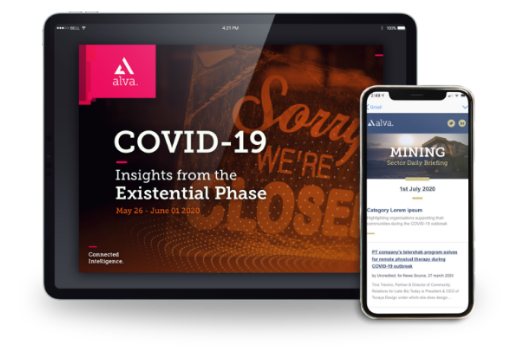What should my CEO’s distinctive communications platform be?
Defining the CEO Communications Platform: Data-Driven Leadership
In today’s social and business context, the CEO has an opportunity to be highly visible and to take a stand on the issues that matter to their audiences. And yet, many leaders don’t embrace this possibility. Why is this, and how can they address this issue? We define the CEO Communications platforms in 4 characteristics:
The Opportunity
In the ‘new normal’ – a hyper-transparent, interconnected and media-anarchic world – everyone has an opportunity to be a thought leader. No longer is it the case that only those with a bully pulpit are the ones heard on a given issue. Some basic statistics convey the scale here: over 4 million blog posts are published every day; there are thought to be over 500 million blogs of different types, and some celebrity ‘influencers’ are followed by over 100 million people. Granted, the majority of this content is more focused on unboxing, watching other people play video games, or touting the latest sneaker or lipstick than on issues that are germane to today’s business leader. However, the overarching dynamic is extremely relevant for the C-suite: more people than ever before are producing and reading content. This is both a challenge and an opportunity for today’s CEO in terms of internal and external communications. Some business leaders embrace this new world, and they come easily to mind: to name just a handful, Richard Branson, Bill Gates, Arianna Huffington, Marc Benioff, and Elon Musk are followed by over 90 million people together. So why isn’t every leader doing it?
Skills & Authenticity
Not every CEO is at home in today’s communications world; the average age of a Fortune 500 CEO is 58, meaning he or she was already 40 by the time the internet was even approaching widespread adoption; their communications experience is firmly rooted in the 20th century, and making the leap from the relative invisibility of Generation X to the world of the digital native is a challenge. In parallel, today’s CEO may not have significant communications experience, having come instead from the operational or financial side of the business. Beyond these experience- and skills-related challenges, a CEO may simply not know what the most impactful platforms could be for them individually and might be struggling with the question of which ones represent risks. Risk here derives from inauthenticity and the potential for hypocrisy, both at a personal level and at a company level. In a hyper-transparent world, the CEO’s platforms need to align not only with their core beliefs and the mission of the business but also its practices including its supply chain, recruitment, and compensation plans, for example; we can all think of examples of CEOs espousing a socially responsible position only to end up in court for alleged practices in apparently direct opposition. Finally, in terms of authenticity, let’s remember that we are all different types of people when it comes to communication; some are natural story-tellers, some are more factual, and some are more inclined to color their communications with their personal histories.
Structuring the Solution
So what’s a CEO to do? How should they go about establishing what their distinctive platform should be? He or she needs to take a data-driven approach comprising three phases.
First, after having laid out the platforms that are close to his or her heart, the CEO needs to understand which of these are important to the audiences and stakeholders that the brand needs to connect with. This will likely represent a fairly large set of broad issues; to name just a few, these might include urbanization; community; education; giving; and technology. The way to know what these platforms are is to identify best practices by conducting peer research, focused on high-profile CEOs in the broader business world and from the same sector, and understanding which platforms are being adopted by these leaders. The selected group must be scored by their contribution to their company’s visibility and its reputation, to make sure they’re the right type of high-profile CEOs; after all, one can be high-profile for the wrong reasons. The second phase involves understanding which issues represent the greatest opportunity for the CEO themselves and for the business; taking a leadership position on a platform where the CEOs from the competitive set have a developed profile is difficult – though addressing many of the same issues may in fact represent table stakes – so the CEO needs to find their own sweet spot. Fortunately, these move over time and are pushed by technology, so keeping track of developing platforms is the key task. The final phase involves making sure the CEO and the business are credible on the chosen issue, by determining how the business is perceived relative to a specific platform and how the business’s practices align with the platform.
Finally, in terms of channels, the CEO needs to establish where they are likely to be most effective. There are many choices here, from events, conferences, broadcast interviews, to owned media and more. Using the right data sources and some basic descriptive analytics, it is straightforward to understand which of these are in use by the highest-performing CEOs – and what the balance is.
Embrace the Possible
Establishing how the CEO can use their leadership position to drive competitive advantage for the business doesn’t need to be a daunting task. Using peer analysis, it is possible to identify the most impactful platforms and channels to arrive at a set of data-driven decisions that will make the CEO as effective as possible in communicating what they, and the business, stand for.
Be part of the
Stakeholder Intelligence community








